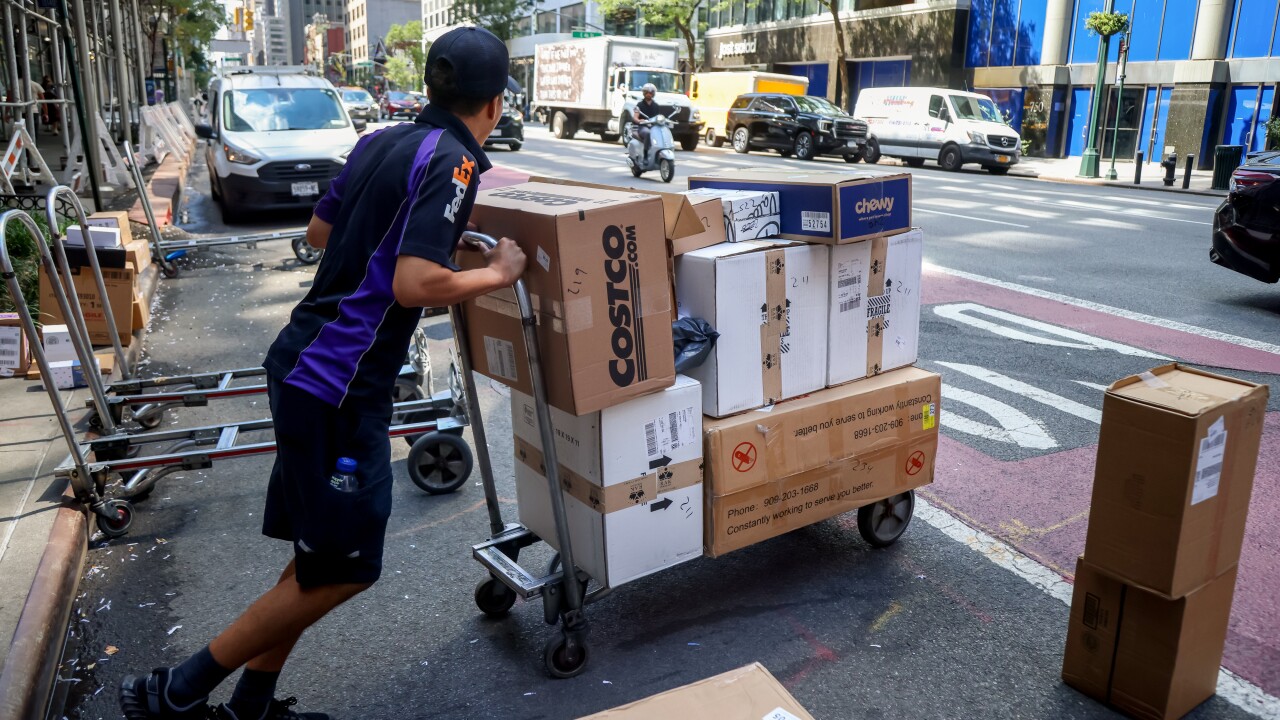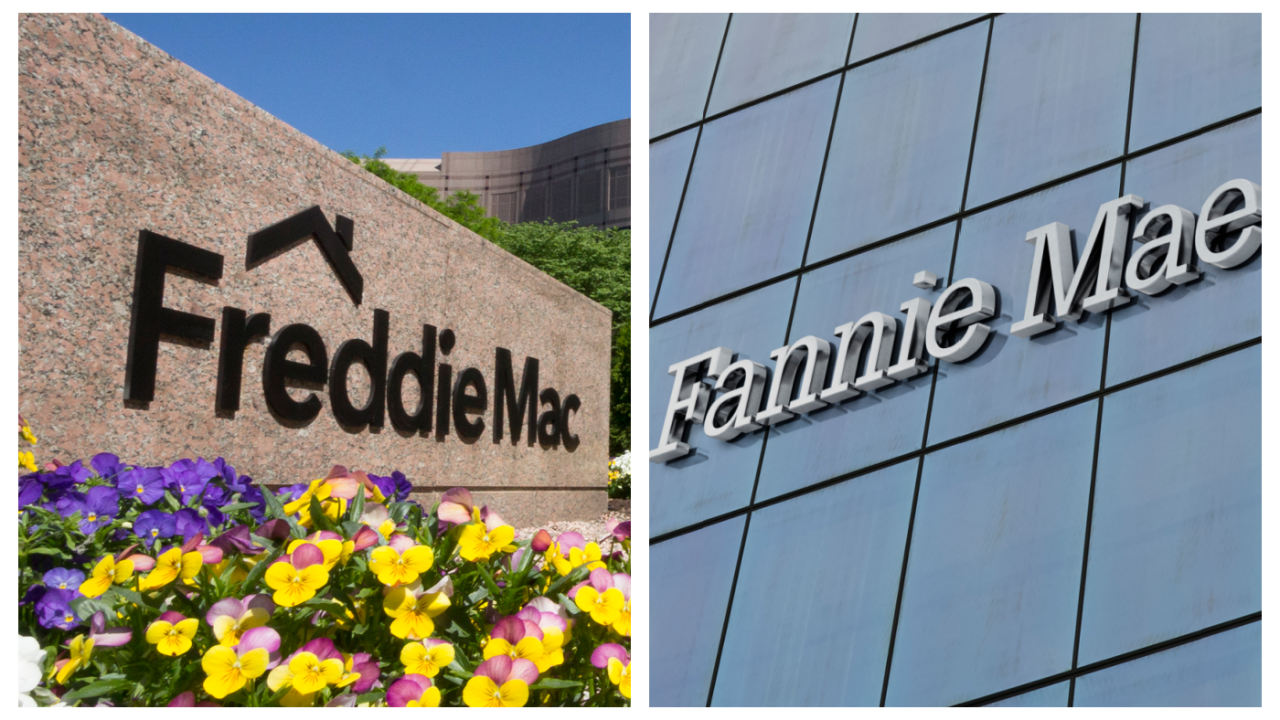PNC Bank is rolling out a new program-based on an old idea-designed to alleviate consumers' concerns about the security of on-line commerce.
The program, a "virtual debit card" called eSpend, is a recycled idea with a couple of new twists, the biggest of which is that consumers can limit their daily spending to thwart unauthorized use. Analysts say the timing may finally be right, as debit cards are getting more traction and concern is growing over on-line security.
A feature on a digital checking account rather than a physical card, eSpend is aimed at customers wanting to access existing funds instead of ringing up credit-card debt, says Alan Trivilino, svp of consumer checking and transaction products at PNC. The program is also hoping to tap consumers who are skittish about online shopping.
Trivilino would not disclose how many eSpend accounts have been opened since the program was launched in November, nor would he share projections. However, he did say that the accounts are a significant part of PNC's 2005 strategy to keep and attract customers.
The idea of virtual cards is not new, notes Chris Musto, vp of research at Watchfire GomezPro, but it's an idea that probably makes more sense now than it did when it first surfaced several years ago. Plus, PNC has added some interesting features that potentially will make this product even more attractive to consumers, he says.
When virtual cards first appeared in 2000, at the height of the new economy, they pretty much fizzled, Musto says. One of the features of those products, which were usually tied to credit cards instead of debit cards, was a randomly generated account number for each transaction. And as attractive as that may have looked on the drawing board, it quickly became a headache for consumers who wanted to maintain shopping accounts on various Web sites. "You could not do 'one-click shipping,'" says Aaron McPherson, research manager of payments at Financial Insights.
Since those days, though, a couple of trends have emerged that are creating an opportunity for PNC's new product, Musto says.
One is an explosion of debit-card use. Debit-card transactions now outnumber credit-card transactions as consumers have grown used to putting small, regular purchases on debit cards, he says. Indeed, in the U.S. in 2004 there were 13.9 billion debit card transactions, up 16 percent from the previous year, and 12.5 billion credit card transactions, up 8.6 percent, according to CardWeb, a clearinghouse for card-transaction data. In total volume, credit cards still outpace debit cards. Total volume for those debit-card transactions was $676 billion; for credit-card transactions it was $1.2 trillion.
Debit transactions tend to be smaller-an average of $40 each, compared with $100 for a credit-card transaction-reflecting a consumer base that uses debit cards, much as they are advertised, as a replacement for paper checks for day-to-day expenses, says Robert McKinley, founder and CEO of CardWeb.
The other trend that could benefit the recent PNC card is a growing fear of on-line commerce. At one time, people who cited security as a reason for staying off the Internet were probably masking a certain laziness on their part because "it just wasn't hip not to be on-line," Musto says. Today, though, that's changed. With so many stories in the press bombarding consumers about hackers and phishing scams, there is legitimate reason to be wary of Internet commerce, he says.
The daily spending-limit feature makes it safer than previous versions, he says. If a customer wants to buy a book, for example, and sets a limit of $30, then even if the card is lost-or the number is used fraudulently on-line-it can't be used for more than $30. Moreover, the unauthorized attempt to use the card will flag the bank and the customer immediately, thereby blocking other attempts at accessing account information.
Trivilino says that this debit card also carries a "zero liability" feature-which is rare for debit cards-so customers aren't liable for unauthorized losses. Moreover, he says that since there is no physical card, it's quicker to cancel a card number and get a new one to a customer if a problem arises.





